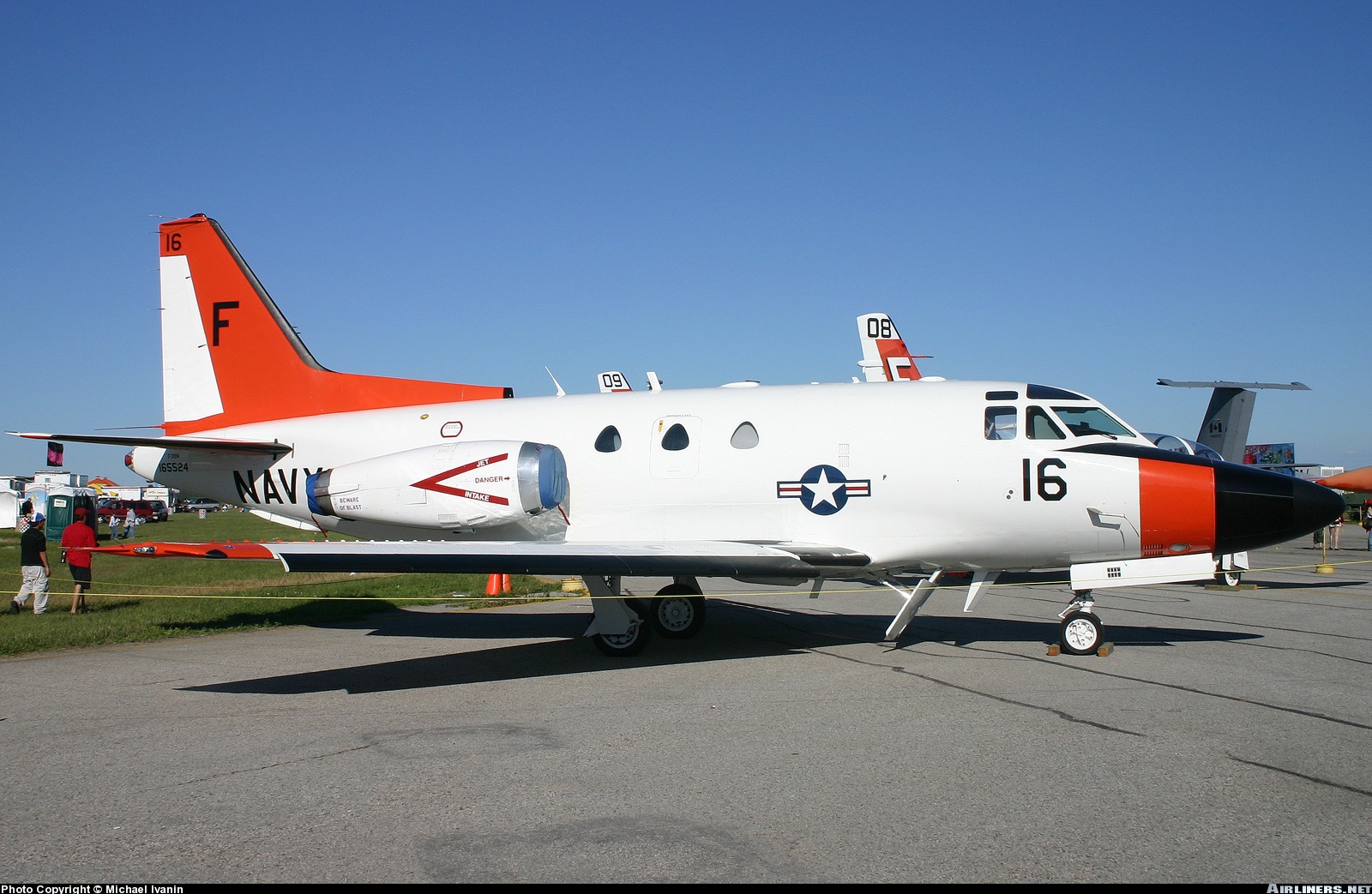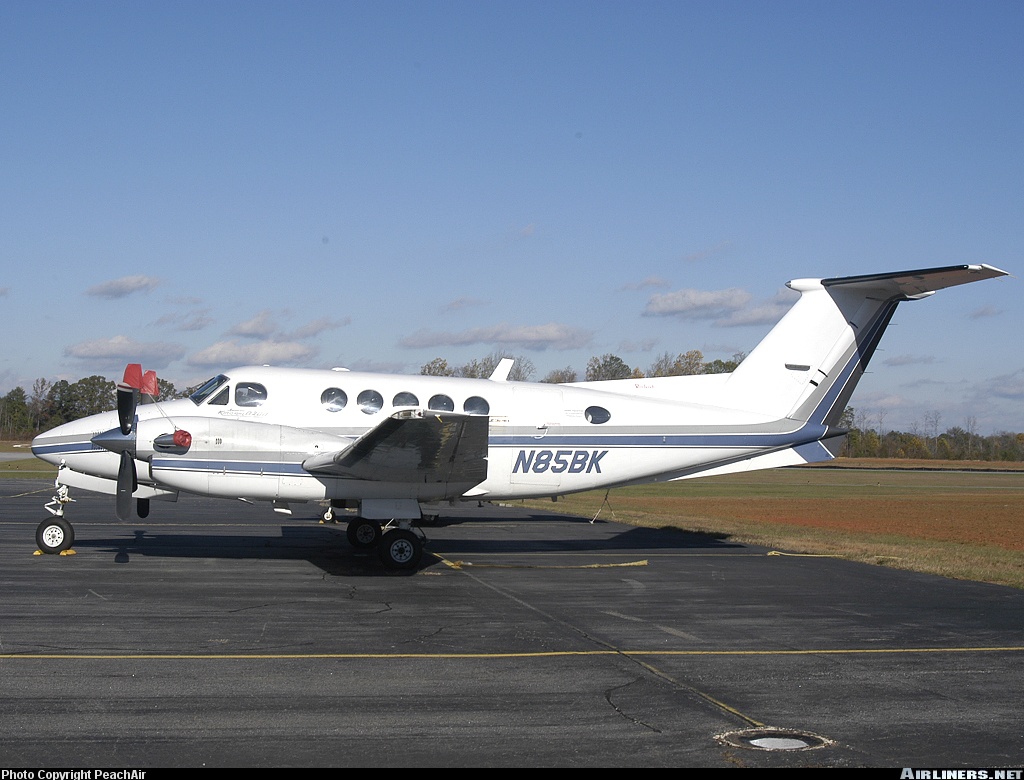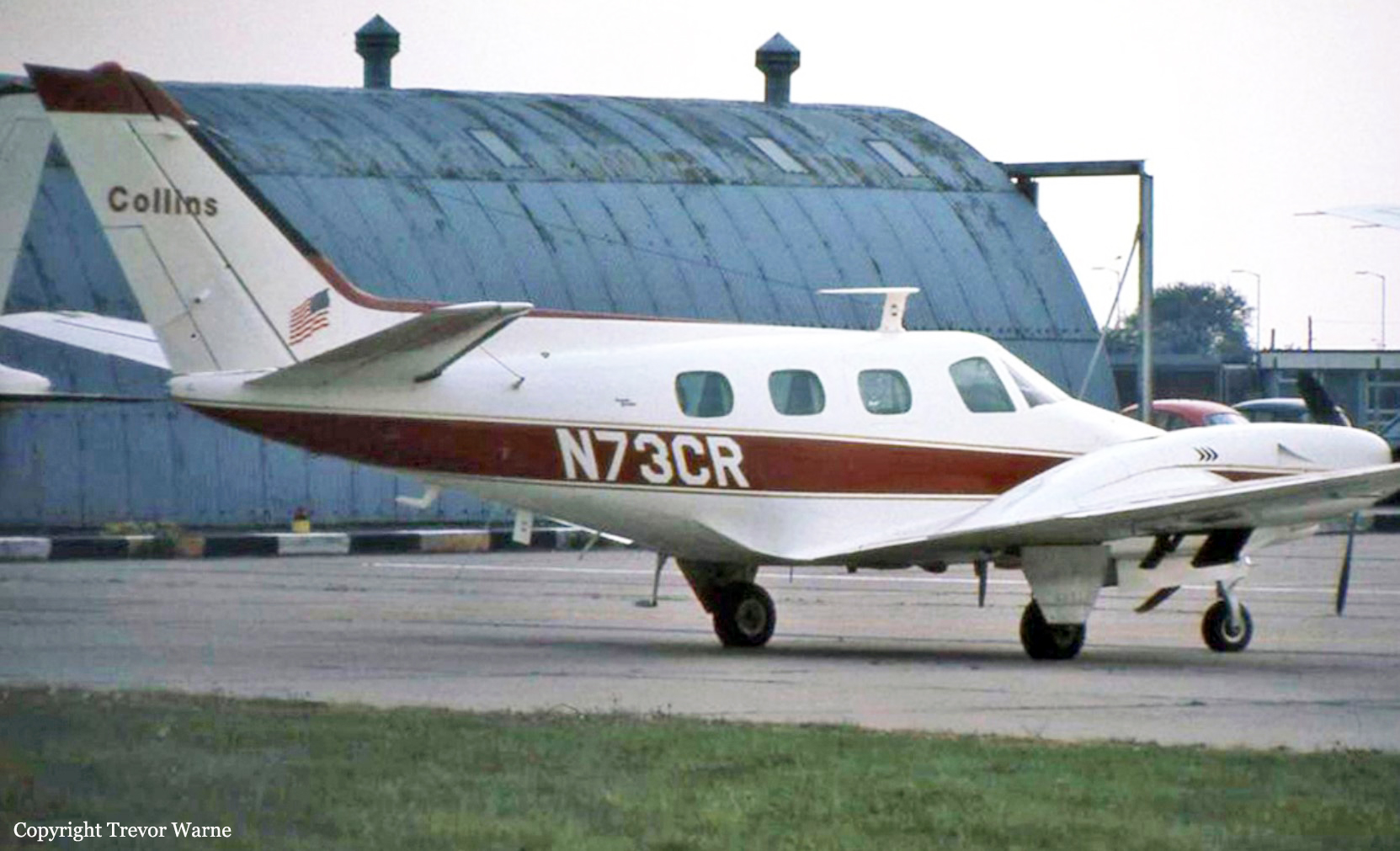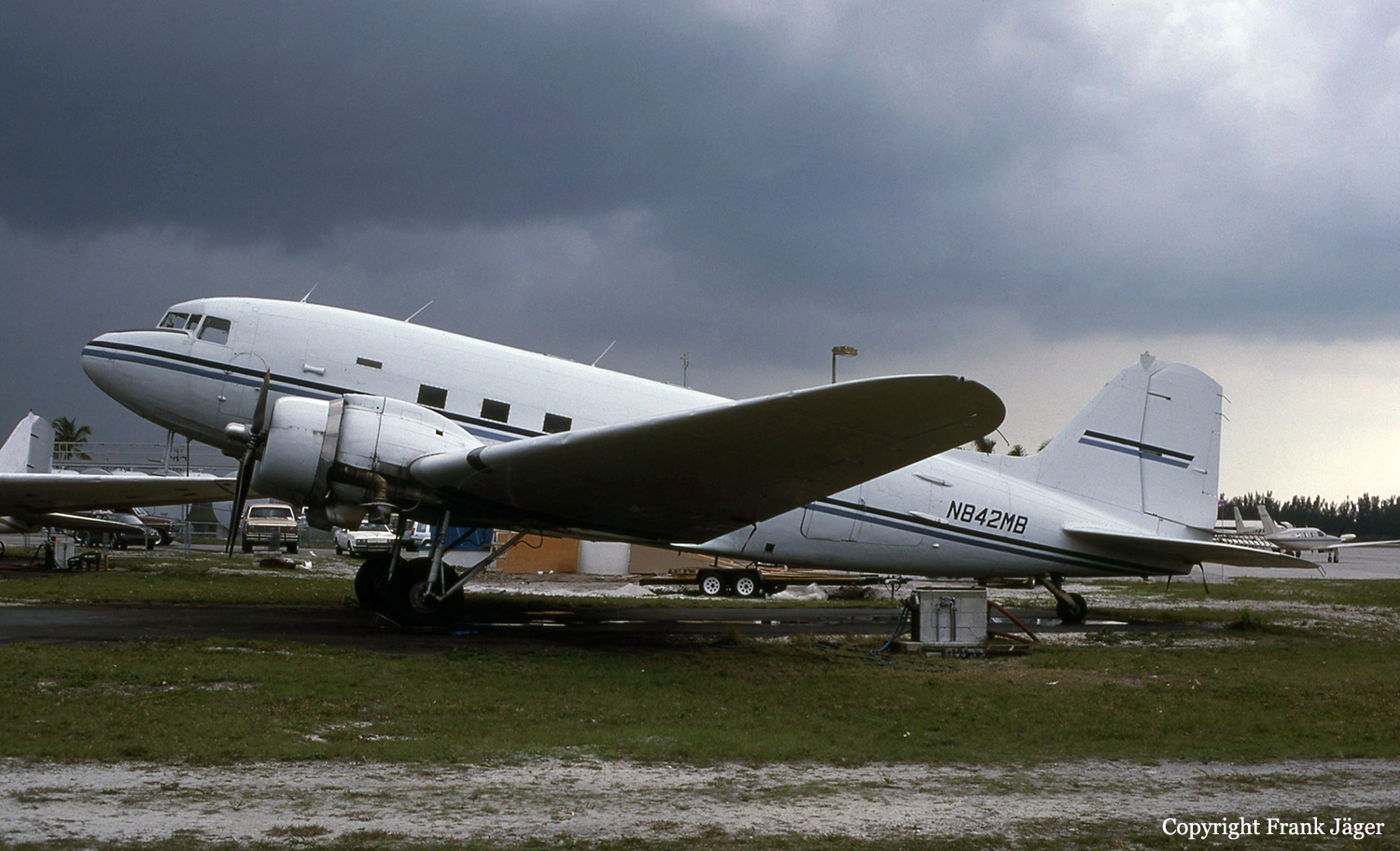Crash of a Rockwell CT-39N Sabreliner in Villanow: 4 killed
Date & Time:
Jan 10, 2006 at 1120 LT
Registration:
165524
Survivors:
No
Schedule:
Chattanooga - Pensacola
MSN:
282-060
YOM:
1966
Crew on board:
4
Crew fatalities:
Pax on board:
0
Pax fatalities:
Other fatalities:
Total fatalities:
4
Circumstances:
The crew departed Chattanooga-Lovell Field on a training flight to Pensacola-Forrest Sherman Field NAS, Florida. About 20 minutes into the flight, while cruising at low altitude, the aircraft contacted a tree and crashed a mile further on the slope of Mt Johns, near Villanow, Georgia. All four occupants were killed.












